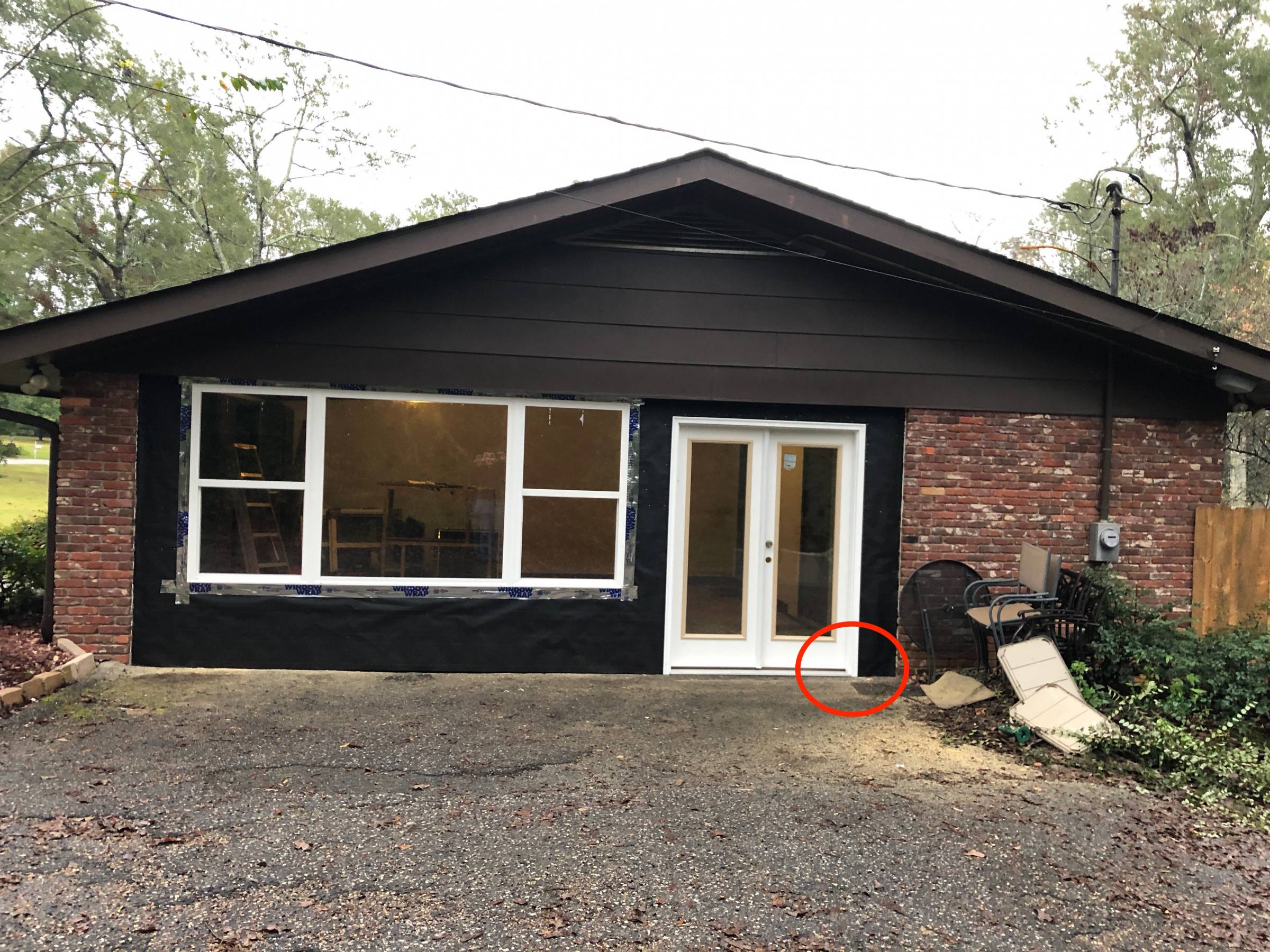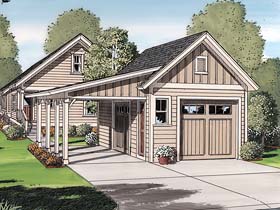
Garage shelving can be a great way to increase your garage's storage capacity. Garage shelving comes in many styles, including wall-mounted or freestanding. However, you must ensure that your unit is able to hold all items. It's important to choose the correct material for your shelving unit. Some materials are more durable, and more resistant to spills and stains than others.
Garage shelving can be made from metal, MDF, or particle board. Although lightweight, particle board can s stain more easily than metal. A heavier-duty shelving system may be better suited for heavy items like tools and equipment.
Wall-mounted shelves are a convenient way to maximize your storage space. Mounted shelves can be attached to your garage's walls by using brackets. These brackets are made out of metal and attach to the garage wall studs. Mount the shelves at least 16 inches above the floor, and at least 20 inches apart. Ceiling-mounted shelving systems are also available that project downward. Unlike a freestanding unit, these aren't heavy, so they are easier to move around.

Freestanding units are generally wood or metal, and are designed to be mounted to the wall or ceiling. Although they are more flexible than other shelving types, they can take up floor space. A drill and some tools are required to install them.
Steel wire and chrome mesh are the most common materials used to make adjustable rail shelves. Vertical metal tracks are installed into the wall and brackets slip into slots. They can be adjusted to allow you to add or take out items as necessary. Although the shelves are intended to support heavy objects, they can be easily movable to provide more storage space.
Particle board is a good choice for shelving. But, it can stain if a can full of engine fluid leaks. Metal shelving doesn't absorb chemical and is nonporous. It can be used to store paint and other chemically-based products.
MDF and particle board are good choices if you don’t need to support heavy items but don’t want to compromise structural integrity. Both are durable and can be assembled quickly. These units are also powder coated to prevent scratches and dents.

MDF and Particle board are typically lighter than metal, however their weight capacity isn’t as high. Plastic shelving is more affordable and easy to move. But you should be aware that plastic is easier to clean than MDF, so it may not be the right choice for a wet, messy, or dusty garage.
Another option is to buy an adjustable rail shelving. This kind of shelving is flexible too, but you'll need studs to attach the track. Many of these shelves aren't suitable for drywall over concrete, though.
Garage shelving's price will vary depending on what materials are used. Your energy bill can also be affected by the material you choose. Be sure to use a temperature-controlled space if you plan to store food or hazardous materials. Cover the shelves to prevent spillages and stains.
FAQ
Why should I renovate my house instead of buying a new one.
While it's true that houses get less expensive each year you still need to pay the same price for the same square footage. You get a lot more bang than you pay, but that extra square footage is still a significant expense.
Maintaining a house that doesn’t need much maintenance is cheaper.
Remodeling your home instead of purchasing a new one can save you hundreds.
Remodeling your home can make it more comfortable and suit your needs. You can make your home more welcoming for you and your loved ones.
Remodeling a kitchen or bathroom is more expensive.
Remodeling a kitchen or bathroom is a costly undertaking. It may make more sense to spend money on home improvements, considering how much you pay in energy bills each month.
An inexpensive upgrade can save you thousands of dollars every year. A few easy changes like adding insulation to ceilings or walls can reduce heating/cooling costs by as much as 30%. Even a simple addition can increase comfort and reduce resale costs.
It is essential to remember that renovations should be done with durable, easy-to-maintain materials. Materials such as porcelain tile, stainless steel appliances, and solid wood flooring last longer and require fewer repairs than vinyl or laminate countertops.
Altering old fixtures can also help reduce utility bills. By installing low-flow faucets, you can lower your water usage up to half a percent. Up to 75 percent of electricity can be saved by replacing inefficient lighting fixtures with compact fluorescent bulbs.
What is included in a full kitchen remodel?
A full kitchen remodels more than just a new sink and faucet. You can also get cabinets, countertops or appliances, as well as flooring and plumbing fixtures.
A full kitchen remodel allows homeowners to update their kitchens without having to do any major construction. This allows the homeowner to update their kitchens without having to demolish any existing structures, making it easier for the contractor as well.
A kitchen renovation can include a variety of services such as plumbing, HVAC, painting, drywall installation, and electrical. Depending on the scope of the project, multiple contractors might be needed to remodel a kitchen.
A team of professionals is the best way to ensure that a kitchen remodel runs smoothly. Kitchen remodels are complex and can be delayed by small issues. DIY is a good option, but make sure to plan ahead and have a back-up plan in case something goes wrong.
What are the biggest expenses in remodeling a kitchen?
Planning a kitchen renovation can be costly. These include demolition, design fees, permits, materials, contractors, etc. Although these costs may seem relatively small, if you take them all together, they can quickly add up. These costs quickly multiply when they are added up.
Demolition is usually the most expensive. This includes removing any cabinets, appliances, countertops or flooring. You will then need to remove the insulation and drywall. You will then need to replace them with new items.
Next, hire an architect who will draw plans for the space. To ensure that the project meets all building codes, permits must be obtained. After that, you have to find someone to do the actual construction.
Finally, once the job is done, you have to pay the contractor to finish the job. Depending on the size of the job, you could spend between $20,000 to $50,000. This is why it's important to get estimates form multiple contractors before hiring one.
Plan ahead to cut down on some of these costs. You may be eligible to get better prices on materials, or you might even be able skip some of your work. Knowing what is required will allow you to save both time and money.
Many people will attempt to install their cabinets themselves. They believe this will save money, as they won’t have to hire professional installers. However, this can lead to them spending more to learn how to place cabinets. The time it takes to complete a job can be completed by professionals in half the time.
Another way to save is to purchase unfinished materials. Pre-finished materials such as cabinets should be inspected before you purchase them. You can immediately use unfinished materials if you purchase them. Even if it doesn't go according to plan, you can always change your mind later.
Sometimes it is not worth the hassle. It is important to plan your home improvement projects in order to save money.
How should you renovate a home?
The roof. The plumbing is the second. The electrical wiring is third. Fourth, the walls. Fifth, the floors. Sixth, are the windows. Seventh, the doors. Eighth, is the kitchen. Ninth, the bathrooms. Tenth: The garage.
Finally, you'll be ready for the attic after you've done all these things.
If you don't know how to renovate your own house, you might hire somebody who does. Renovations take time, patience, and effort. It is also expensive. It will take time and money.
Although renovations are not cheap, they can save you a lot of money in the end. A beautiful home can make your life easier.
How much does it cost to gut and renovate a kitchen completely?
You might wonder how much it would be to remodel your home if you have been considering the idea.
The average cost of a kitchen remodel between $10,000 and $15,000. You can save money and still improve your space's appearance.
You can cut down on costs by planning ahead. This includes choosing a design style and color palette that fits your lifestyle and budget.
Hiring an experienced contractor is another way of cutting costs. A skilled tradesman will know exactly what to do with each stage of the construction process. This means that he or she won’t waste time trying out different methods.
You should consider whether to replace or keep existing appliances. Replacing appliances can add thousands of dollars to the total cost of a kitchen remodeling project.
In addition, you might decide to buy used appliances instead of new ones. Buying used appliances can help you save money because you won't have to pay for installation.
Finally, you can save money by shopping around for materials and fixtures. Many stores offer discounts on special occasions such as Cyber Monday and Black Friday.
Statistics
- $320,976Additional home value: $152,996Return on investment: 48%Mid-range average cost: $156,741Additional home value: $85,672Return on investment: (rocketmortgage.com)
- 55%Universal average cost: $38,813Additional home value: $22,475Return on investment: 58%Mid-range average cost: $24,424Additional home value: $14,671Return on investment: (rocketmortgage.com)
- Windows 3 – 4% Patio or backyard 2 – 5% (rocketmortgage.com)
- bathroom5%Siding3 – 5%Windows3 – 4%Patio or backyard2 – (rocketmortgage.com)
- Following the effects of COVID-19, homeowners spent 48% less on their renovation costs than before the pandemic 1 2 (rocketmortgage.com)
External Links
How To
How to Remove Tile Grout from Floor Tiles
Most people don't know that tile grouting exists. It is used for sealing the joints between tiles. There are many types available today. Each is used for a specific purpose. We will show you how tile grout can be removed from floor tiles.
-
Before you can begin the process, ensure that you have all necessary tools. You will need a grout cutter and grout scraper.
-
Now you must clean any dirt or debris under the tile. To remove grout, use the grout cutter and gently scrape any pieces. It is important not to damage tiles.
-
After you've cleaned up everything, grab the grout scraper to remove any grout. If no grout is left over, you can proceed to step 4.
-
Once you've done all of the cleaning, you can move onto the next step. One of the rags can be used to soak in water. Make sure the rag is fully wet. Make sure the rag is completely dry after it has gotten wet.
-
Place the wet rag onto the joint where the tile meets the wall. The grout will begin to crumble if you press down hard on the rag. Slowly pull the rag towards you and continue pulling it back and forth until you have removed all the grout.
-
Continue to repeat steps 4 and 5, until all grout has been removed. Rinse your ragout. If necessary, repeat the process.
-
Once you have finished removing all the grout, wipe down the surface of the tiles with a damp cloth. Let dry thoroughly.